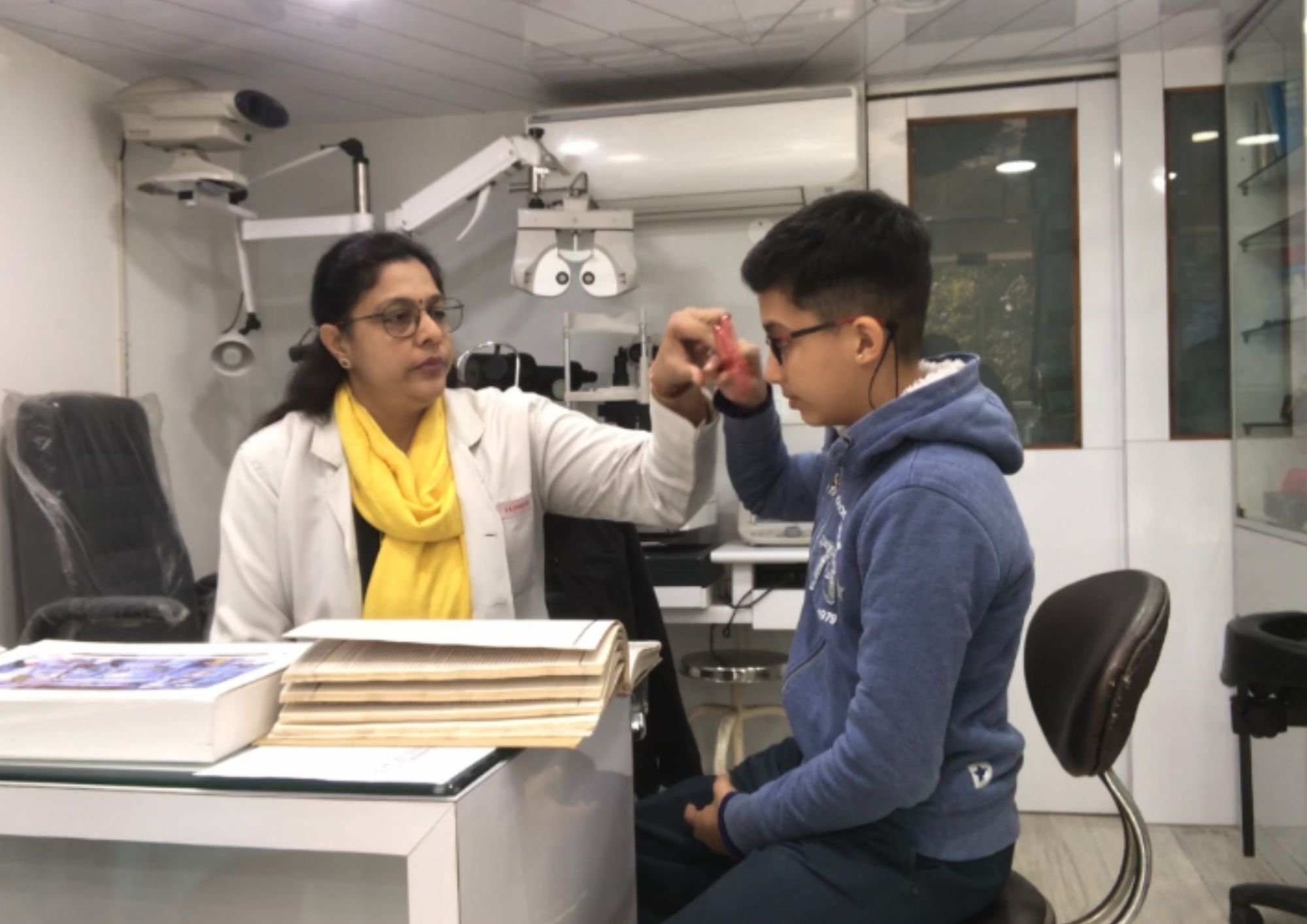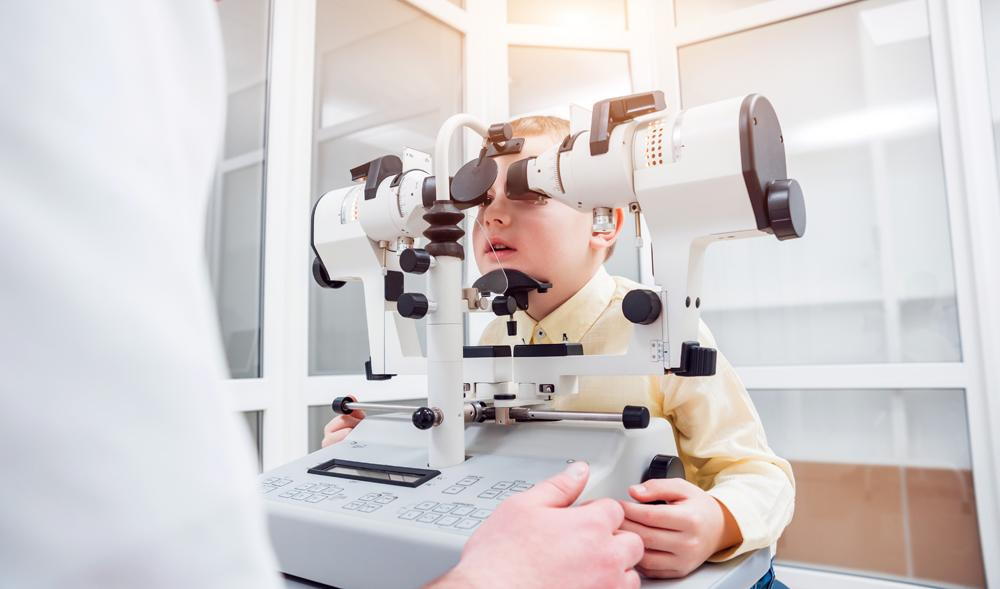The Role of Advanced Diagnostic Equipment in Identifying Eye Disorders
In the realm of ophthalmology, the application of innovative analysis tools has actually reinvented the very early recognition and management of various eye problems. From identifying subtle modifications in the optic nerve to keeping an eye on the development of retinal diseases, these modern technologies play a critical duty in improving the accuracy and performance of detecting eye problems. As the demand for precise and prompt diagnoses proceeds to grow, the assimilation of innovative devices like optical coherence tomography and visual area screening has come to be vital in the realm of eye care. The elaborate interaction in between technology and ophthalmic techniques not just clarifies detailed pathologies yet additionally opens up doors to customized therapy approaches.
Relevance of Very Early Medical Diagnosis
Very early medical diagnosis plays a pivotal role in the effective management and treatment of eye disorders. Timely identification of eye conditions is crucial as it permits prompt intervention, potentially preventing further development of the condition and decreasing lasting complications. By spotting eye disorders at a beginning, doctor can offer appropriate therapy strategies tailored to the particular condition, ultimately bring about far better results for clients. Very early diagnosis makes it possible for people to gain access to necessary assistance services and sources faster, improving their total high quality of life.

Technology for Discovering Glaucoma
Sophisticated analysis modern technologies play a crucial role in the early detection and surveillance of glaucoma, a leading reason of irreparable loss of sight worldwide. One more innovative device is aesthetic field testing, which maps the level of sensitivity of a person's aesthetic field, helping to spot any locations of vision loss attribute of glaucoma. These sophisticated diagnostic tools enable ophthalmologists to detect glaucoma in its very early stages, allowing for prompt intervention and better monitoring of the illness to avoid vision loss.
Function of Optical Comprehensibility Tomography

OCT's capability to quantify retinal nerve fiber layer density enables for accurate and unbiased measurements, helping in the early discovery of glaucoma even before aesthetic field issues end up being apparent. In addition, OCT innovation permits longitudinal tracking of structural modifications in time, promoting individualized treatment strategies and timely treatments to help protect patients' vision. The non-invasive nature of OCT imaging likewise makes it a recommended choice for checking glaucoma progression, as it can be duplicated routinely without triggering discomfort to the client. On the whole, OCT plays an important duty in enhancing the diagnostic precision and monitoring of glaucoma, ultimately contributing to much better end results for individuals at risk of vision loss.
Enhancing Medical Diagnosis With Visual Area Screening
A crucial component in comprehensive ophthalmic evaluations, visual field testing plays a critical function in improving the diagnostic process for different eye conditions. By examining the complete level of her comment is here a person's aesthetic area, this examination provides crucial information about the practical honesty of the whole visual pathway, from the retina to the aesthetic cortex.
Aesthetic area testing is particularly valuable in the medical diagnosis and monitoring of problems such as glaucoma, optic nerve disorders, and various neurological conditions that can impact vision. Through measurable measurements of peripheral and central vision, clinicians can detect refined modifications that may suggest the existence or progression of these disorders, also before noticeable signs and symptoms happen.
Moreover, visual area testing enables the surveillance of treatment efficiency, aiding eye doctors tailor healing interventions to specific clients. eyecare near me. By tracking changes in aesthetic field efficiency over time, health care providers can make enlightened choices about changing medications, advising medical interventions, or applying various other appropriate measures to protect or boost an individual's aesthetic function
Taking Care Of Macular Deterioration

Final Thought
To conclude, advanced diagnostic tools play an important function in determining eye conditions early. Technologies such as Optical Coherence Tomography and aesthetic area screening have significantly improved the precision and effectiveness of identifying conditions like glaucoma and macular degeneration. Early discovery enables timely treatment and monitoring of these disorders, ultimately leading to better outcomes for clients. It is necessary for health care specialists to stay upgraded on these advancements to give the finest feasible care for their patients. eyecare near me.